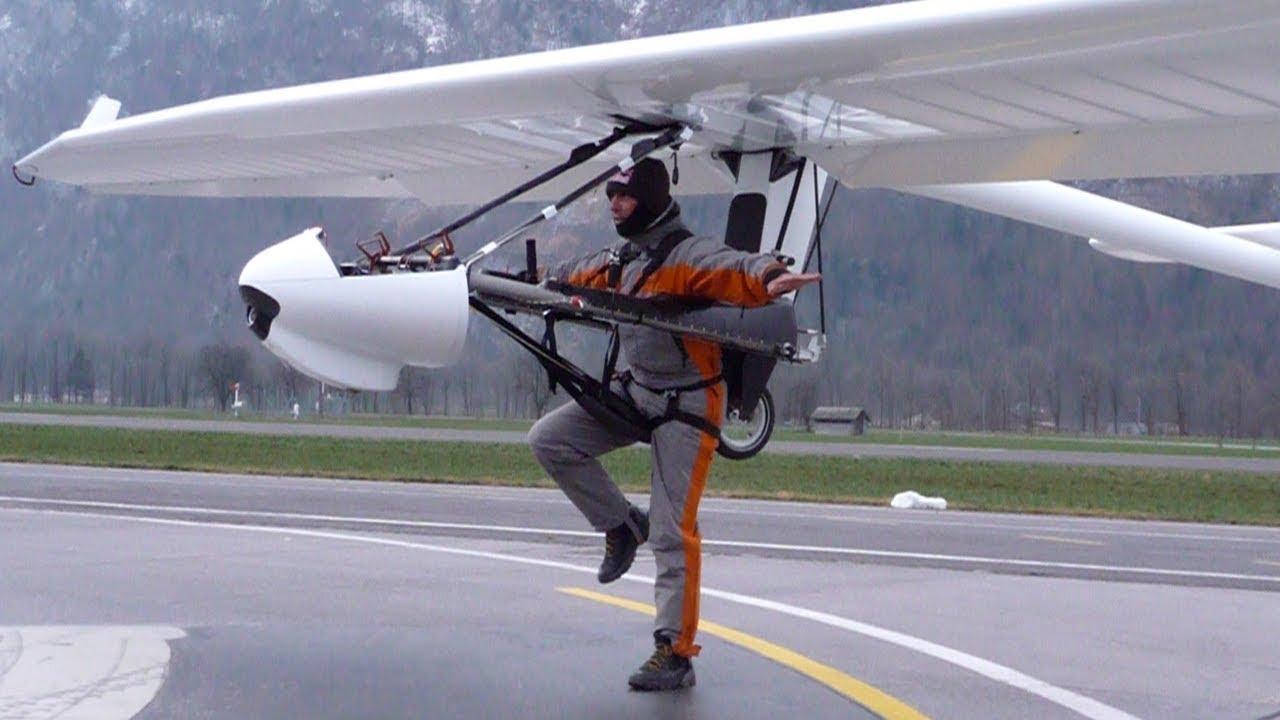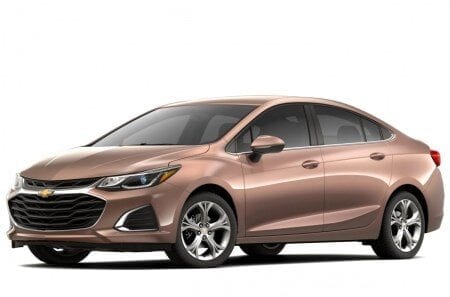
Personal aircraft
We've seen jetpacks and flying cars in comics and movies. Designers of "personal aircraft" are trying to catch up with our fast-moving imagination. The effects are mixed.
Hummingbuzz from Georgia Institute of Technology enters GoFly contest
The first stage of the Boeing competition for the GoFly personal transport aircraft ended in June this year. About 3 people took part in the competition. builders from 95 countries of the world. There's a $XNUMX million cash prize up for grabs, as well as valuable contacts with engineers, scientists, and others in the aerospace industry who can help teams build a working prototype.
The top XNUMX winners of this first round included teams from the US, the Netherlands, the UK, Japan and Latvia, whose projects look like Leonardo da Vinci's sketches of flying machines or the works of science fiction creators.
At the first stage, the teams were required only to visualize the design and the terms of reference. These cars don't exist yet. Each of the top ten teams received 20. dollars to develop and build a possible prototype. The second phase will end in March 2019. By this date, the teams will have to provide a working prototype and demonstrate a test flight. To win the final competition in fall 2019, the vehicle must take off vertically and carry a passenger a distance of 20 miles (32 km). The winners will receive a $1,6 million prize.
Pilot license not required
Personal Aircraft (PAV) is a term first used by NASA in 2003 as part of a larger project to create different types of aircraft known as Vehicle Integration, Strategy and Technology Assessment (VISTA). Currently, there are many prototypes of this class of structures in the world, from single-seat passenger drones to the so-called. "Flying cars" that, after landing and folding, move along roads, to small flying platforms on which a person stands in flight, a bit like a surfboard.
Some designs have already been tested in real conditions. This is the case of the Ehang 184 passenger drone, created by the Chinese manufacturer Ehang, which was created in 2014 and has been test flying in Dubai for some time as an air taxi. Ehang 184 can carry passengers and their characteristics up to 100 kg.
Of course, Elon Musk, who told the media about the exciting possibilities of an electric vertical takeoff and landing (VTOL) aircraft, had to be interested in this issue, of course, like almost every fashionable technical novelty. Uber has announced that it will be adding 270 km/h VTOL taxis to its ride-hailing offering. Larry Page, president of Alfabet, the parent company of Google, is involved in startups Zee.Aero and Kitty Hawk, which are working on small electric aircraft.
Entering the GoFly competition, Harmony concept from Texas A&M University
Page recently unveiled a car called the Flyer, built by the aforementioned Kitty Hawk company. The company's early flying car prototypes looked very awkward. In June 2018, Kitty Hawk posted a video on his YouTube channel showing the Flyer, a design that is much smaller, lighter and more aesthetically pleasing.
The new model should be primarily a recreational vehicle that does not require great piloting skills from the driver. Kitty Hawk reported that the machine is equipped with a switch that increases and decreases flight altitude, and a joystick to control the direction of flight. The trip computer provides minor adjustments to ensure stability. It is driven by ten electric motors. Instead of a traditional landing gear, the Flyer has large floats, as the machine is primarily designed for flying over bodies of water. For safety reasons, the maximum speed of the car was limited to 30 km / h, and the flight height was limited to three meters. At top speed, it can fly for 12 to 20 minutes before the battery needs to be recharged.
In the US, the Flyer is classified as an ultralight aircraft, which means it does not require a special license to operate. Kitty Hawk has not yet announced the Flyer's retail price, simply providing a link on its official website to pre-order a copy.
Almost simultaneously with the Flyer, another novelty appeared on the personal aircraft market. This is BlackFly (5), an electric VTOL aircraft from the Canadian company Opener. Admittedly, this design, often compared to UFOs, looks different than most flying cars and autonomous helicopters proposed so far.
Opener assures that his design has already made more than ten thousand kilometers of test flights. It offers auto-landing and re-entry functions similar to drones. The system must be operated by a single passenger using joysticks and also does not require, at least in the US, an official pilot's license. It has a range of 40 km and a top speed of 100 km/h in the US. Flying BlackFly requires good dry weather, freezing temperatures and minimal wind. Its classification as an ultralight vehicle also means it cannot fly at night or over U.S. urban areas.
“We hope to have the first flying taxi prototype flown next year,” said Dennis Muilenburg, CEO of Boeing, when answering questions from netizens at this year's Farnborough Airshow. “I am thinking about autonomous aircraft that can take two people on board in dense urban areas. Today we are working on a prototype." He recalled that the company Aurora Flight Sciences, which, in cooperation with Uber, developed such a project, was involved in the work.
ERA Aviabike construction of the Latvian team Aeoroxo LV participating in the GoFly competition.
As you can see, personal air transport projects involve big and small, famous and unknown. So maybe it's not fantasy as it seems when we look at the designs submitted to the Boeiga competition.
The most important companies currently working on flying cars, taxi drones and similar personal aircraft (from the New York Times): Terrafugia, Kitty Hawk, Airbus Group, Moller International, Xplorair, PAL-V, Joby Aviation, EHang, Wolokopter, Uber, Haynes Aero, Samson Motorworks, AeroMobil, Parajet, Lilium.
Kitty Hawk Flight Demonstration:
